
Gerrit Dispersyn is President and CEO of Phio Pharmaceuticals Corp. He joined Phio Pharmaceuticals Corp. in April 2017. Dr. Dispersyn is an accomplished leader in clinical, product and business development. He most recently was Vice President, Global Head of Clinical Affairs at Integra LifeSciences Corporation.
In this role, he was responsible for Integra’s global strategy and execution of clinical development, clinical operations and medical affairs projects and a member of Integra’s senior management leadership team and several of the company’s core teams for M&A projects.
Dr. Dispersyn has also been involved in Integra’s research and business activities related to Human Cells, Tissues, and Cellular and Tissue based Products — HCT/Ps. Earlier, he was the Vice President, Product Development and Portfolio Management for Barrier Therapeutics, Inc., a pharmaceutical company focused on the development and commercialization of products in the field of dermatology.
The company was a spinout of Johnson & Johnson, and currently part of GlaxoSmithKline. There, he led planning and implementation of all aspects of R&D operations and strategy; scientific, competitive and business intelligence; and alliance management. Dr. Dispersyn is the Founder of Ingress, LLC, a consultancy company providing R&D and clinical operations support to startup companies, supporting several pharmaceutical drug development programs.
Dr. Dispersyn holds a Dr. Med. Sc. from the Faculty of Medicine, Maastricht University, Maastricht, the Netherlands, a postgraduate degree in biomedical imaging and a M.S. in biochemistry, both from the University of Antwerp, Belgium.
In this 2,908 word interview, exclusive to the Wall Street Transcript, Dr. Dispersyn details the propects for this company for investors.
“The company is focusing on using its proprietary self-delivering RNAi platform in developing innovative immuno-oncology therapeutics. So basically, we have a technology that can address the unmet need specifically occurring in the immuno-oncology space for solid tumors.
So there are two issues at hand. One is that in patients with solid tumors, their immune effector cells, such as T cells or NK cells, have an inherent low functionality. And even if these cells with their low functionality get to the tumor, they are confronted with significant immunobiological barriers within what is referred to as the tumor microenvironment that will further limit their response.
With our technology, we can do two things. We can essentially reprogram a patient’s immune effector cells to increase their inherent functionality. And secondly, we can use our compounds to reduce the immunosuppressive nature of the tumor microenvironment.
And the reason why we can do that is that our proprietary self-delivering RNAi technology is a very elegant, nongenetic way of reprogramming a cell. Essentially, we can silence a gene without the need for genetic engineering.
So it’s simple to use because its self-delivering, meaning that there is no delivery vehicle required or specific formulations. There is no specific machinery required, such as electroporation, to get our compounds into the cell, and that also compares very favorably to, let’s say, other genetic engineering technologies that will need specific formulations and/or specific delivery mechanisms.”
Get the full 2,908 word interview, only in the Wall Street Transcript.

Dr. James Breitmeyer has been President, Chief Executive Officer and Director of Oncternal Therapeutics, Inc. — formerly Tokalas, Inc. — since September 2015. Dr. Breitmeyer is a veteran biotech executive with experience successfully starting and growing biotechnology organizations. He has been responsible for both the development and implementation of both operational and drug development strategies, as well as supervising and managing both large organizations and emerging biotechnology companies.
Dr. Breitmeyer was President of Bavarian Nordic, Inc. and Executive Vice President of Bavarian A/S, a multinational corporation headquartered in Denmark, from February 2013 to July 2015 where he oversaw business operations and development strategy both for Bavarian Nordic, Inc. and Bavarian A/S. He has been a director of Zogenix, Inc., a public pharmaceutical company, since March 2014 and was their acting Chief Medical Officer from August 2012 to February 2013 where he was responsible for clinical development and regulatory strategy.
He previously was the Executive Vice President of Development and Chief Medical Officer of Cadence Pharmaceuticals Inc., a public pharmaceutical company, from August 2006 to August 2012 and the Chief Medical Officer of Applied Molecular Evolution Inc., a wholly owned subsidiary of Eli Lilly and Co., a global pharmaceutical company, from December 2001 to August 2006.
Dr. Breitmeyer was also the Founder, President and Chief Executive Officer of the Harvard Clinical Research Institute, and Chief Medical Officer and Head of Research & Development for North America at Serono Laboratories Inc., an international biopharmaceutical company.
Dr. Breitmeyer was a founding collaborator and scientific adviser to Immunogen Inc., a biotechnology company, and held clinical and teaching positions at the Dana Farber Cancer Institute and Harvard Medical School. Currently, Dr. Breitmeyer serves as a director on two public boards, Zogenix, Inc. (NASDAQ:ZGNX) and Otonomy, Inc. (NASDAQ:OTIC).
Dr. Breitmeyer received a B.A. in chemistry from the University of California, Santa Cruz and his M.D. and Ph.D. from Washington University School of Medicine, with postgraduate training at Washington University and Harvard Medical School. He is board-certified in internal medicine and oncology.
In this exclusive 2,057 word interview, only in the Wall Street Transcript, Dr. Breitmeyer explains the focus of his company:
“Our lead candidate is named cirmtuzumab. And cirmtuzumab is a monoclonal antibody recognizing the ROR1 molecule. ROR1 is an important factor in the development of the embryo, but it is not part of normal adult life unless a cancer reactivates ROR1 and takes advantages of its growth-stimulating properties for the cancer to thrive and expand.
So our anti-ROR1 antibody, cirmtuzumab, was developed to specifically target ROR1 and to inhibit the growth-stimulating activity of ROR1 when it’s expressed by a hematologic cancer. We are in the clinic, in Phase II development for the treatment of patients with chronic lymphocytic leukemia, or CLL, and are seeing some exciting results.
We recently opened the randomized Phase II portion of our ongoing Phase I/II clinical trial, based on favorable outcomes from the dose-finding and dose-confirming cohorts of the clinical trial. These data showed that the combination of cirmtuzumab plus ibrutinib resulted in an interim objective response rate — ORR — of 100% for the first nine CLL patients with evaluable data receiving the recommended dosing regimen who have completed 12 weeks.
These data were consistent, if not better, than the results that we reported at the ASCO 2019 Annual Meeting earlier this year. We continue to see a well-tolerated safety profile consistent with that seen with ibrutinib treatment alone.
TWST: I understand you also have something in the pipeline for Ewing sarcoma.
Dr. Breitmeyer: Ewing sarcoma is a very serious — in fact, catastrophic — cancer that strikes children at an average age of 15 and presents initially as a bone tumor but often evades the initial attempts to remove or control it and can become widespread in the body.
We are developing a drug called TK216, which was developed at Georgetown University and which targets a genetic abnormality that is a primary cause of Ewing sarcoma.”
Get the entire 2,057 word interview for these and other drug development prospects, only in the Wall Street Transcript.
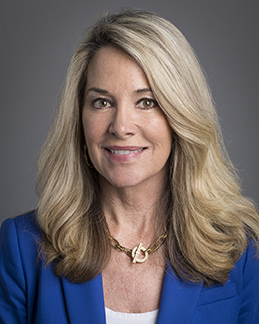
Pamela P. Palmer, M.D., Ph.D., has been Chief Medical Officer and Co-Founder of AcelRx Pharmaceuticals, Inc. since she co-founded the company in July 2005. Earlier, she was an anesthesiologist at University California San Francisco — UCSF.
She was director of the UCSF Pain Center for Advanced Research and Education — PainCARE — between 2005 and 2009. The American Pain Society named the UCSF Pain Management Center and PainCARE jointly as one of only six centers of excellence nationwide.
Between 1999 and 2005, she was Medical Director of the UCSF Pain Management Center, which uses a comprehensive and multidisciplinary approach to treat patients with various stages and types of complex acute and chronic pain.
From 1996 to 1999, Dr. Palmer worked as a faculty member at UCSF, where she conducted research on basic science mechanisms of pain transmission in her NIH-funded laboratory. In 1994, she co-founded Omeros Corporation, a biopharmaceutical company developing small-molecule and protein therapeutics aimed at improving pain management and clinical outcomes of patients undergoing a wide range of surgical and medical procedures.
Dr. Palmer received a medical degree and a doctorate in neuroscience at Stanford University and completed her anesthesia residency at the University of California, San Francisco.
In this 2,986 word interview, exclusively in the Wall Street Transcript, Dr. Palmer illustrates the strength of her corporate strategy with detailed explanations.
“It’s a very large market. When we’re talking about treating acute pain, our label is: for acute pain severe enough to require an opioid analgesic.
It’s not only for acute post-operative pain or acute emergency room pain. It’s not a selected targeted audience within medically supervised settings. It’s in fact acute pain that requires an opioid. So it is quite broad.
It’s really difficult to go into the numbers per se because it is such a broad area, but hospitals and surgery centers, etc., are going to be using it strategically.
Obviously, an oral tablet of an opioid doesn’t cost much money nor does a generic injectable opioid. So they’re going to have to make sure they’re using Dsuvia where it makes sense for them, where they’re actually saving money.
In my attempt to solve some of these problems with opioids, I decided to come up with a solid dosage form instead of a clear liquid dosage form so that it’s very unique looking and can’t be confused with any other drug.”
Get the complete picture from Dr. Palmer in this exclusive 2,986 word interview, exclusively in the Wall Street Transcript.

Dr. Vimal Mehta is CEO and Co-Founder of BioXcel Therapeutics, Inc. He has over two decades of experience in the pharma and biotech industry.
He also has been Senior Vice President of Business Development at Inpharmatica Ltd. and Jubilant Life Sciences. In addition, he was Business Development Manager at CuraGen Corporation.
Dr. Mehta holds a Ph.D. in chemistry from the University of Delhi, India, and completed a postdoctoral fellowship in chemistry at the University of Montpellier, France.
In this 3,086 word interview, exclusive to the Wall Street Transcript, Dr. Mehta details his strategy for his company.
“…We are focusing on agitation resulting from neuropsychiatric conditions in patients, like schizophrenia, bipolar, Alzheimer’s, dementia, opioid withdrawal and hyperactive delirium.
Recently, we got a grant from the U.S. Department of Defense, which is related to treating ASUD, which is alcohol and substance use disorder. So there are multiple diseases for which you can have this agitation and the patient needs to calm down.
Our drug, 501, works through a central mechanism in the brain. There is a firing of norepinephrine, a chemical that results in agitation. And our drug can stop the release of norepinephrine.
So we believe that it can work across multiple disease pathophysiologies and multiple disease conditions. And we have designed the drug…”
Dr. Mehta has near term milestones that he seeks to achieve:
“…We are transitioning the drug to Phase III, subject to discussions with the FDA. We expect to open our trial in Q4 of 2019.
So that’s where we are with that product. And the underlying drug that is being used on the film has been in the market for 20 years.
So our innovation was we identified that microdosing can be used to treat agitation, and the current drug is used as a sedative anesthetic.
It has never been used for agitation, and it comes in a bottle, so it’s given as an IV drug. We took that drug and converted into a sublingual thin film. We have a novel new indication as well as microdosing, small doses that we are using, and it’s a sublingual thin film.
There’s a lot of safety established around the IV form of the drug with millions of people, like 10 million or so. And in our studies, the sublingual thin film in hundreds of patients.
So that’s a kind of plan for 501. Phase III study, pivotal Phase III study is expected to start this year…”
Get the entire picture from Dr. Mehta in this exclusive 3,086 word interview in the Wall Street Transcript.
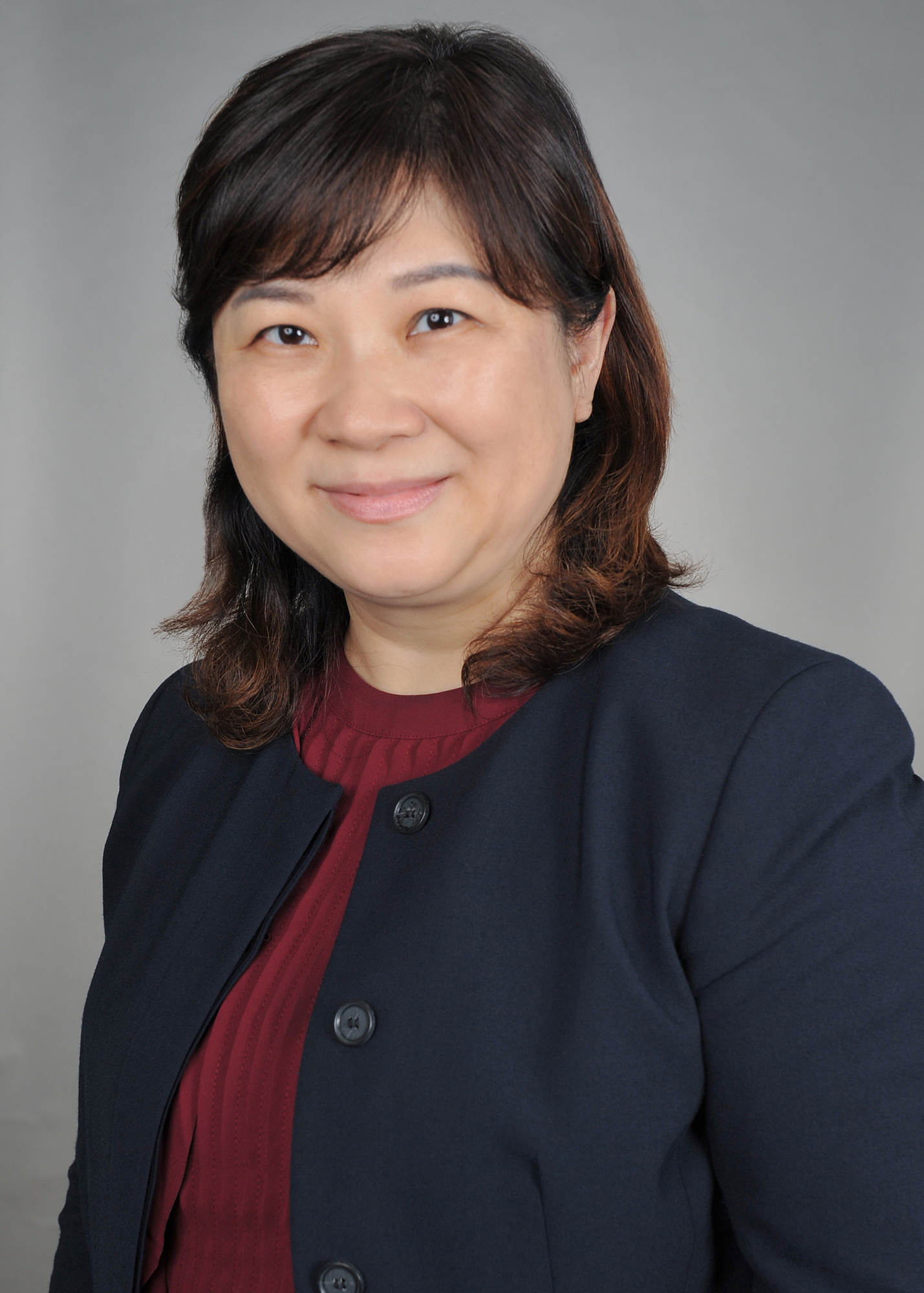
Difei Yang, Ph.D., is Managing Director of Equity Research at Mizuho Americas, Research Division. Dr. Yang has been covering the biotech and pharma sector for nearly a decade, most recently as Managing Director at Aegis Capital.
She also worked in senior equity analyst roles at Brean Capital, R.F. Lafferty, WallachBeth Capital and Auriga Global Investors. In addition, she has held senior science, program management and business development roles within the pharmaceutical industry and has authored many granted U.S. patents and peer-reviewed scientific publications.
She holds a Ph.D. in chemistry from UCLA, as well as an MBA from Georgia State University and a B.S. degree in physics from Peking University, China.
In this exclusive 2,716 word interview in the Wall Street Transcript, Dr. Yang explores the valuation of certain key biotech stocks in her coverage.
“…In gene therapy, we continue to see developments for treating neurological disorders, blood disorders and liver-mediated disorders.
It’s actually across multiple therapeutic areas. A few common themes we’re observing in that space is that, number one, we tend to see the highest probability of success for those companies where they target a single gene mutation, and secondarily, when these companies are vertically integrated, they’re able to control the manufacturing and basically make products to support clinical development as well as commercialization.”
In gene therapy, we continue to see developments for treating neurological disorders, blood disorders and liver-mediated disorders…”
One example is curing a dreaded genetic disease in infants:
“…We cover a company called Audentes Therapeutics (NASDAQ:BOLD). They have a therapy that is currently in late-stage development treating X-linked myotubular myopathy — XLMTM — an inherited form of a neuromuscular disorder.
These patients are typically diagnosed when they are babies.
The disease involves severe muscle weakness, so not only do these babies not reach developmental milestones, they probably never acquired the skills to walk.
Muscle weakness also impacts their lung function. And the result usually leads to babies not being able to breathe on their own and require ventilators for support, in some cases 24 hours per day.
Audentes Therapeutics has a gene therapy. And based on early clinical data, what we’re seeing is that not only the babies are alive, they started getting off ventilator support…”
Get more detail on this and other biotech winners from this exclusive 2,716 word interview in the Wall Street Transcript.
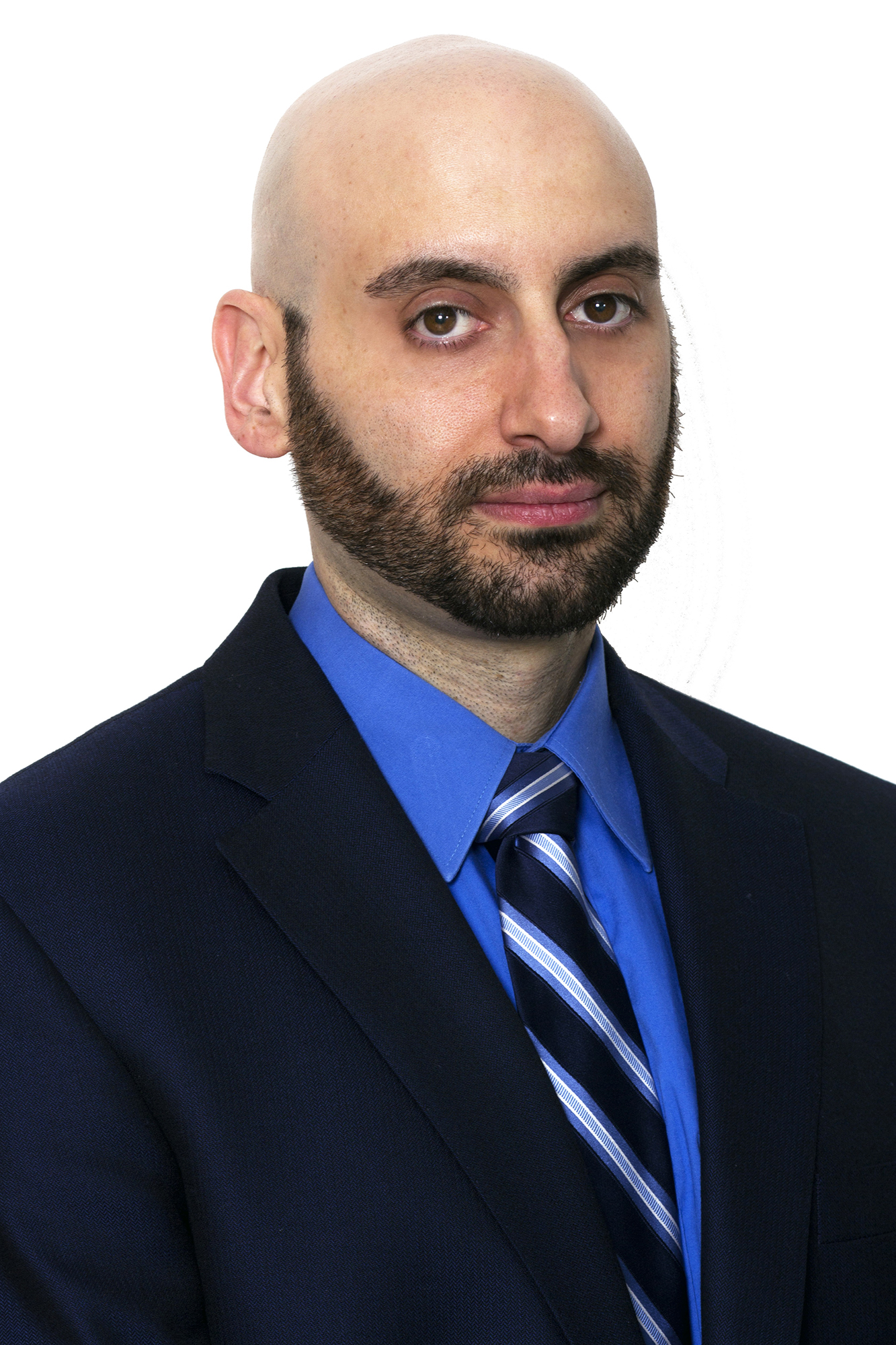
Patrick Trucchio, Research Analyst, Therapeutics, joined Berenberg Capital Markets LLC in September 2017 to cover smid therapeutics equities.
He previously worked at Wells Fargo covering specialty pharmaceuticals for two years, with prior experience covering personal care and household products at BMO Capital Markets for eight years. Mr. Trucchio holds a B.S. in finance from the Pennsylvania State University-University Park, an MBA from St. John’s University — Queens, is a CFA charterholder and NYSSA member.
In this wide ranging 4,703, Mr. Trucchio gives investors an exclusive interview on his hot stocks for the current market.
“I think what’s really interesting is, when you look at the split in our coverage, which includes 19 stocks across U.S. specialty pharma, U.S. biotech and EU biotech, there’s definitely been, over the last year, a separation between companies that are revenue generating versus those that are not.
In those that are revenue generating, what you’ve had is all this rhetoric around pharmaceutical pricing, and the payers, the insurance companies and the pharmacy benefit managers having to become more aggressive on making sure that they hold down inflation in drug prices.
For some of these stocks, they are down 30%, 40%, 50% or more, whereas the ones where they don’t yet generate revenues — it’s all based on clinical data readouts and potential for drugs to reach the market in three or five years in the future — these stocks have tended to perform better.
It’s a function of concern regarding health policies emerging from Washington…”
The theme of opioid litigation is deeply researched by Mr. Trucchio:
“So that brings us to where we are today, which is three tracks of litigation.
What’s different from the first wave versus the second wave is that the first wave was contained to Purdue primarily and a moderate dollar amount of liability — all things considered.
Today, there are three tracks of litigation, with state attorneys general that are suing; the federal multidistrict litigation, which is in Ohio, comprising more than 2,000 lawsuits and growing by the day, and includes cities and counties primarily; and the Department of Justice — DOJ — track.
The opioid litigation has been compared by some to the tobacco litigation of the 1990s. One of the key differences between this and tobacco was that the DOJ stayed out of it. The states divided up the global settlement.
There were three tobacco manufacturers that the states negotiated with, and they came to a $250 billion settlement that was paid out over several decades. However, with the second wave of the opioid situation, the DOJ very much wants a seat at the negotiating table.
Another key difference between the tobacco litigation is the lack of a true global settlement…”
Get the complete picture of where investors can find some upside in the sector, exclusively in the 4,703 word interview, only in the Wall Street Transcript.
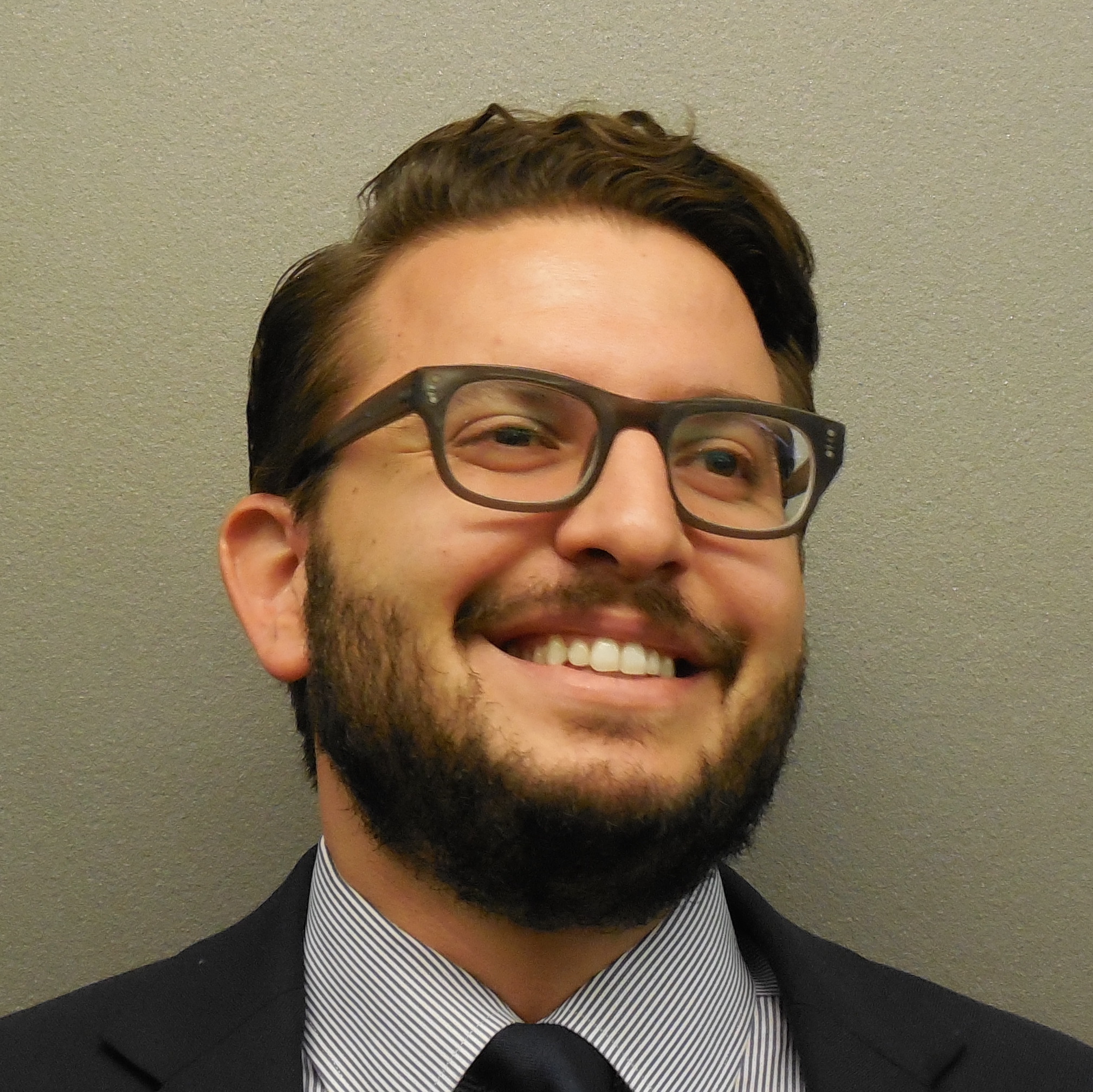
Michael Campagna, CFA, is a Research Analyst and Co-Founding Partner at Moerus Capital Management LLC. For over 12 years, Mr. Campagna has conducted research on and analyzed investment opportunities globally across a wide range of industries.
Previously, Mr. Campagna worked alongside Amit Wadhwaney and John Mauro as an investment research analyst at Third Avenue Management LLC, where he joined the investment team in 2007. Earlier, he was an investment analyst for the J.P. Morgan Private Bank, where he evaluated and selected money managers for use in high net worth and institutional investment accounts.
In this 3,707 word interview, exclusively in the Wall Street Transcript, Mr. Campagna explains the source of his funds outperformance:
“We are a deep-value, long-term, contrarian investment manager. We manage reasonably concentrated portfolios of 30 to 50 securities that are global in nature and are really focused on finding what we think are the best opportunities around the world for a three- to five-year or longer holding period.”
One example from this portfolio management theory:
“We tend to focus on areas of the world where headlines are creating a lot of negativity and look for assets or companies in those countries or in those industries that we think there’s long-term value in.
One area right now that certainly is in the headlines is the United Kingdom and Brexit, and a company that we really like in the U.K. is called Hammerson (LON:HMSO), which is a U.K.-listed real estate investment trust.
They own premier shopping malls in the United Kingdom as well as assets in France, Ireland and an interest in a Pan-European luxury outlets business.
What’s interesting here is that Hammerson is going through a very, very tough environment, not only because of Brexit, which has sapped consumer confidence and thus spending, but also because of the penetration of online shopping.
In the U.K., online penetration is about 20% of sales, which is much higher than it is in the United States, where it’s about 11%. This has caused a complete and utter reorganization of the retail industry in the United Kingdom, with many retailers going through bankruptcy, and the retailers that aren’t going through bankruptcy are suffering.
Now, why would you want to own a retail landlord in that environment?
What’s interesting about Hammerson specifically is that 60% of its assets are actually outside of the U.K. I mentioned that they own assets, shopping malls, in France and Ireland.
And then, they own this really interesting business called Value Retail, which is a chain of premium outlet locations around the U.K. and continental Europe. That business is very high growth, tends to be much more insulated from online competition and is really tied to tourism, typically by Asian, Russian and Middle Eastern shoppers coming to Europe and buying luxury goods.”
Get more on Hammerson and other deep value opportunities from this risk averse professional portfolio manager by reading the entire 3,707 word interview, exclusively in the Wall Street Transcript.

Alissa Corcoran, CFA, is the Director of Research and analyst covering the health care as well as metals and mining sectors for Kopernik Global Investors, LLC. Previously, she was an analyst for Vinik Asset Management.
In this exclusive 2,780 word interview with the Wall Street Transcript, Ms. Corcoran outlines her investment philosophy and details her specific stock recommendations based on that philosophy.
“We currently manage $4 billion in assets. Our firm is 38 employees’ strong. We are bottom-up, long-term investors and see ourselves as owners of businesses. We don’t believe that the market is efficient, and we seek to take advantage of being able to buy high-quality businesses at large discounts to their risk-adjusted value.
We are a value investment firm, and we invest globally. And for us, value is a prerequisite, not necessarily a philosophy, as others might classify it.
So despite how out of fashion it is to value business on fundamentals, that’s what we do every single day. We search for businesses that are trading far below what we think they’re worth in the market. And when we find them, we buy them. So that’s really our business.”
One example is literally a gold mine:
“…One name that I find particularly interesting is called Seabridge Gold (NYSE:SA). It owns the largest undeveloped gold-copper deposit in Canada, and this deposit is one of the largest globally.
The deposit is called KSM. It has 39 million ounces of gold in reserves and an additional 11 million ounces in measured and indicated resource.
And then, if you include the inferred gold resource, it has an additional 56 million ounces of gold. Anyone who knows the gold space knows that this is an enormous, enormous deposit. ”
More details on this gold mine and many other examples from the Kopernik portfolio are available by reading the entire 2,780 word interview, only in the Wall Street Transcript.
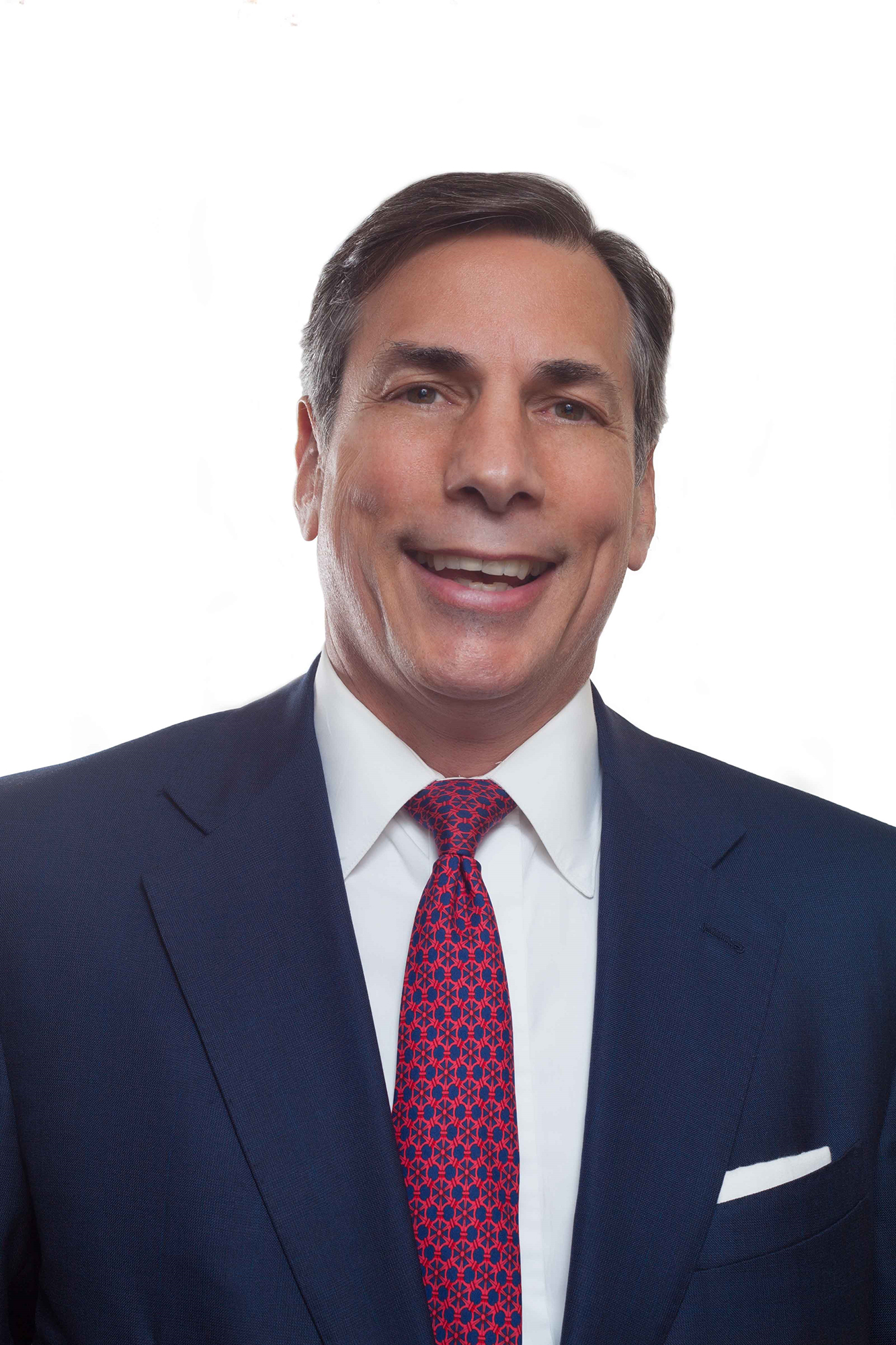
Steven Abernathy is the Founder and Chairman of The Abernathy Group II Family Office. Earlier, he was Senior Vice President of Portfolio Management at Shearson American Express, and a Special Limited Partner and Director of its Executive Services Division at Cowen & Co.
While at Cowen, Mr. Abernathy developed The Abernathy Group, a group of investment professionals specializing in asset management for experts in health care and technology. This collaboration between investment professional and client-expert was called the Collaborative Investing style of portfolio management.
In this exclusive 2,689 word interview, Mr. Abernathy details how his portfolio consistently beats other money management firms.
“I have been a financial analyst since the early 1980s. I owned and ran a hedge fund for over 20 years, which was one of the earlier funds and was one of the very few funds that managed its assets for no management fee, just the percentage of profits, because this structure got rid of the conflicts of interest.
As Warren Buffett would tell you, we mandated that the portfolio manager and the analysts had to have at least 50% of their investable net worth in the fund. Meaning, we wanted everyone involved to eat their own cooking.”
Specific niche verticals drive many of the firm’s investment decisions, as well as each portfolio managers personal wealth interest, including this one:
“Cybersecurity is going to be a growth industry for as far as we can see. Wars may become less frequent, yet they will become electronic, not physical.
The negative regarding cybersecurity is that finding companies early is always risky, meaning that these are largely private investments. Yet, there are some public companies we are involved with. We have built an ETF equivalent that embraces all of them…”
Get the complete picture by reading the entire 2,689 word interview, exclusively in the Wall Street Transcript.
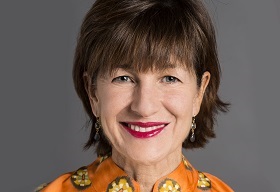
Frances E. Tuite, CFA, is a Portfolio Manager at Fairpointe Capital, LLC. Ms. Tuite is part of the investment team, serving as co-portfolio manager for the Mid-Cap and ESG Equity Strategies and is responsible for investment research for both strategies. In addition, she manages the 1837 Partners LP long/short equity fund, which she founded in 2000. Earlier, Ms. Tuite managed the 1837 Fund at RMB Capital and at Talon Asset Management — under the name Talon Opportunity Partners.
In this 2,934 word interview, exclusive to the Wall Street Transcript, Ms. Tuite explores the highest returning securities in her own managed portfolio.
“…There is a lot of opportunity in other midcap names as well as more value-oriented names in our opinion, even with the volatility and the concerns over tariffs.
We think there are a number of names that have been overlooked. Currently, there’s a lot of money in passive and quant investing — some people say up to 80% of the market. We think this creates an opportunity for the active manager to find unique names that are overlooked by the market.”
One example of these overlooked stocks is the famous Colorado beer stock.
“My third stock would be Molson Coors (NYSE:TAP). So that’s probably a name that most people would recognize. It’s obviously a beer company. And they are based in Colorado, but they acquired the Molson operation in Canada a number of years ago…
Molson has a very strong franchise that they can distribute some of these into these new categories. They also named a new Chief Marketing Officer, a young woman named Michelle St. Jacques, who is really impressive in terms of really keeping them focused on some of the newer trends…”
To get the full detail on this and many other picks, read the entire exclusive 2,934 word interview, only in the Wall Street Transcript.